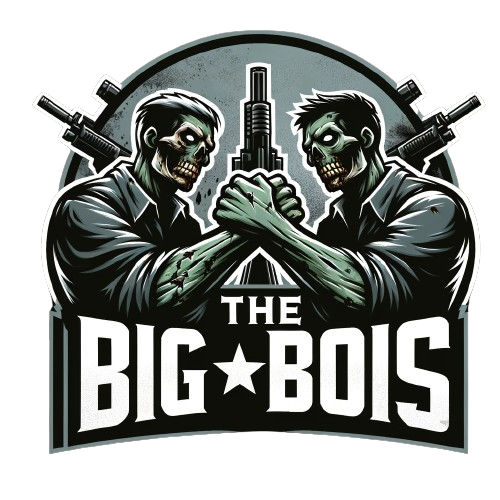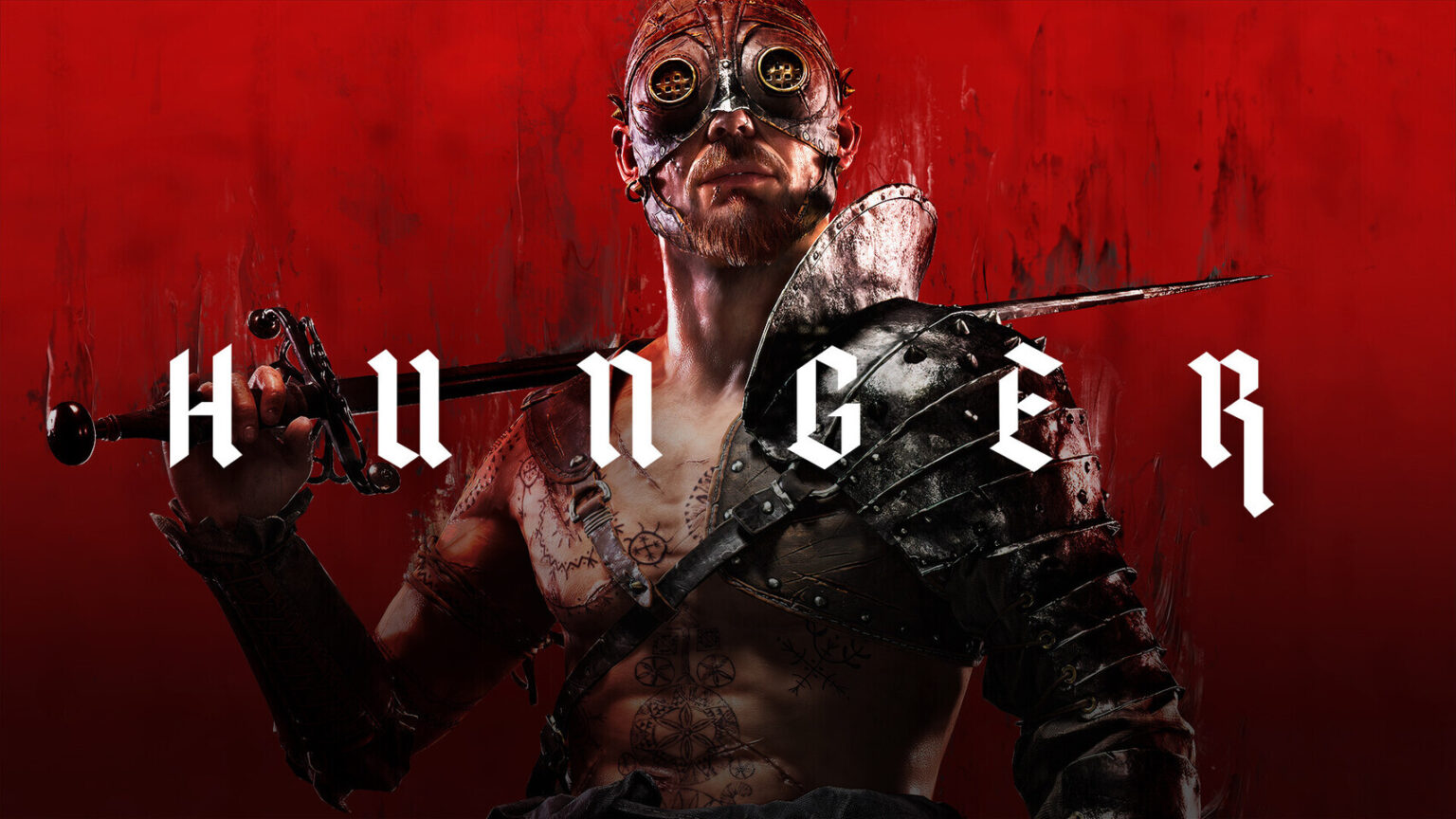Good Fun Corporation, the original developers behind Hell Let Loose, is setting its sights on a new frontier with HUNGER, a grim and brutal PvPvE extraction shooter slated to enter Early Access in 2025. With its first gameplay trailer finally unveiled, fans of tactical shooters and dark fantasy horror have something to feast on — and it’s shaping up to be far more than just another entry in the increasingly crowded extraction genre.
A World Devoured by Darkness
Set in a plague-ravaged version of 1800s Europe, HUNGER plunges players into a decaying world twisted by a mysterious, otherworldly bacterium. Cities lie in ruin, monstrous horrors stalk the wilderness, and humanity clings to survival — scavenging, crafting, and fighting to endure.
You don’t just drop into missions to grab loot and bail. You embody a “Living,” a survivor navigating the shattered remains of civilization through increasingly dangerous expeditions. The tone is dark and atmospheric, evoking vibes similar to Hunt: Showdown but leaning further into supernatural horror and RPG mechanics.
Gameplay: PvPvE with a Heavy, Deliberate Edge
HUNGER sets itself apart with a combat system designed to feel grounded and methodical. Every swing of a mace, every pull of a trigger, every step into darkness feels weighted. This isn’t a twitch shooter — it rewards patience, timing, and tactical decision-making over raw reflexes.
The core loop revolves around high-risk, high-reward extraction runs across vast maps. Players face off not only against each other but against mutated horrors known as “the Hunger.” Whether you venture solo, in duos, or trios, the challenge is always real — death lurks around every corner.
Combat blends ranged and melee weapons fluidly. Expect to juggle rifles, pistols, hand mortars, and brutal axes or clubs. When bullets run out, cold steel is your last line of defense.
A Real RPG Underneath the Gunfire
Where HUNGER really starts to distinguish itself is its commitment to RPG-style progression. Your character — your Living — doesn’t reset at the end of a season. There are no forced wipes here. Progression is permanent and deep.
Each Living levels from 1 to 100, unlocking mastery trees with over 100 talents. These trees allow for wildly diverse playstyles:
- Stealth-focused builds: Muffle footsteps, master lockpicking, and vanish when it counts.
- Heavy melee tanks: Soak up damage, control crowds, and crush enemies up close.
- Support roles: Repair armor, heal teammates, and extend the life of your squad.
- Ranged specialists: Increase reload speed, improve accuracy, and maximize gunplay efficiency.
The progression system is further supported by unlockable Passive, Tactical, and Ultimate abilities unique to each character.
The Social Side of Despair: Welcome to the Château
Unlike most extraction shooters, HUNGER offers a persistent multiplayer hub: The Château. This is where players return between runs to craft, upgrade, trade, pick up quests, and interact with other players and NPCs.
Think of it like a mix between Destiny’s Tower and a plague-era Dark Souls hub — grim, gothic, and full of shady characters offering contracts and questionable deals. Here, players access their professions (such as crafting or gathering), sell items through a player-driven marketplace, and socialize using built-in VOIP.
A Game Built on Systems That Matter
Here’s where HUNGER goes all-in:
- Three large, handcrafted maps at Early Access launch — more coming post-release.
- 30+ weapons to use right from the start, with deep customization options.
- 150+ items, gadgets, tools, and trinkets, adding layers of synergy and combo potential.
- Endgame content featuring boss fights, elite dungeons, and rare loot events.
- Dynamic AI enemies that actually matter — not just filler mobs, but key progression elements.
The game’s missions also feature personal quests, giving each player their own objectives during expeditions. Completing them unlocks further progression, rare loot zones, and narrative threads.
No Wipes — But At What Cost?
In a bold move, HUNGER eschews the genre’s standard forced seasonal resets. Everything you earn, craft, and level remains with you — forever. This is great for players who want to build a meaningful character over time.
However, that longevity could become a double-edged sword. Without wipes, balance becomes harder to maintain, and late-game power creep is a real concern. Whether HUNGER can maintain accessibility for new players and fairness for all remains to be seen.
Our Take on the Gameplay Trailer
The gameplay trailer finally gives us a taste of what’s coming — and it’s an appetizing one.
Visually, HUNGER nails the horror-fantasy tone. Gritty environments are packed with detail: plague-ridden villages, collapsed cathedrals, foggy woodlands. Lighting and sound design work together to make every corner feel like a deathtrap.
Combat looks satisfyingly weighty. Watching a player switch from hand mortar to sword in a seamless combo — all while navigating swarms of Hunger-infected abominations — is enough to raise anticipation levels.
But the trailer is still just a glimpse. We haven’t seen a full match yet, which leaves questions about pacing, matchmaking, and expedition dynamics unanswered.
Still, it’s hard not to get excited.
Watch the trailer here: HUNGER Gameplay Reveal Trailer
Should You Wishlist HUNGER?
Here’s the breakdown:
| Audience | Verdict |
|---|---|
| Fans of Hunt: Showdown | ✅ Yes |
| Extraction shooter veterans | ✅ Yes |
| Players who want deep RPG progression | ✅ Absolutely |
| Battle Royale fans | ⚠️ Maybe (slower pace) |
| Casual shooter players | ⚠️ Depends on tolerance for difficulty |
If the promise of persistent character development, grimdark horror, meaningful PvPvE gameplay, and player-driven economy excites you, this game belongs on your radar.
Add it to your Steam Wishlist now: HUNGER on Steam
HUNGER is shaping up to be one of the most ambitious extraction shooters in years. With its grounded combat, in-depth RPG systems, and emphasis on world-building, it’s clearly aiming to be more than just another Tarkov clone.
The decision to avoid wipes, invest in narrative and profession systems, and focus on community features like the Château hints at a game built for long-term play and role immersion.
Whether it lives up to that potential will depend on how well it balances accessibility, endgame progression, and ongoing content updates — but for now, it’s definitely one to watch.


